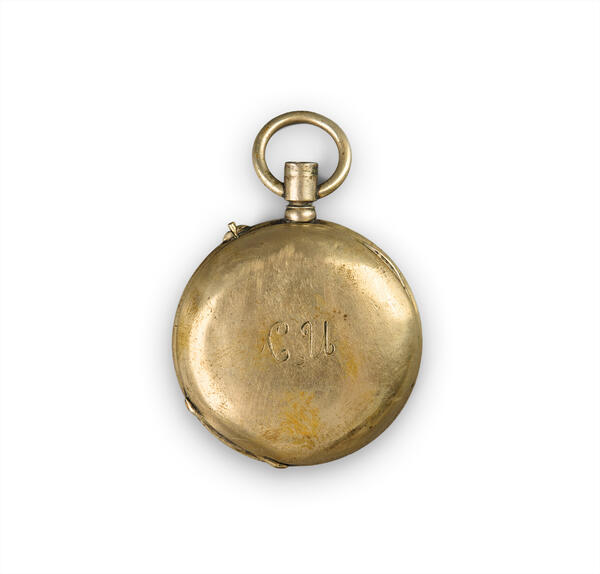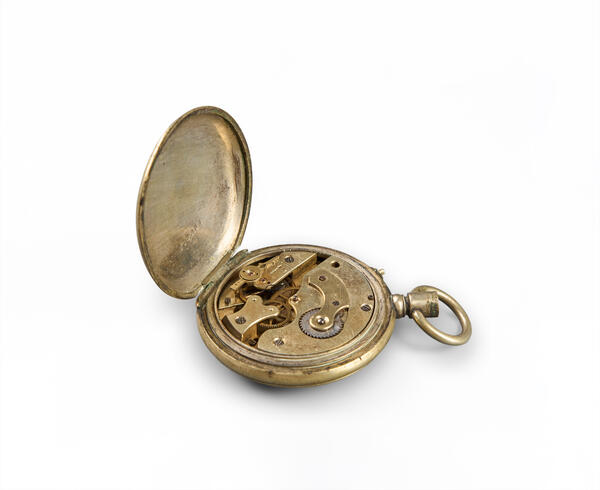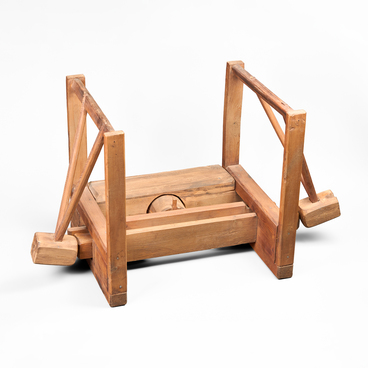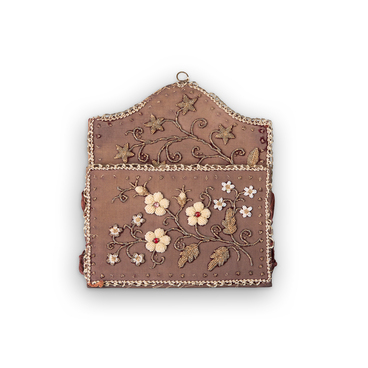The history of the clock goes back to the distant past. The very first one was a sundial clock. Later, water, fire, hourglass and mechanical clocks were invented.
At the turn of the 16th–17th centuries, the first pocket watches appeared. It was during this time that a small clock mechanism was invented, which made it possible to carry a watch in a pocket. Because of this way of carrying them, they were called pocket watches. Pocket watches typically had a chain with a fob at the opposite end. This attachment served to prevent the watch from falling and also as a decoration.
Initially, pocket watches were a luxury item and only by the end of the 18th century became more common and affordable. Pocket watches were a hallmark of men’s fashion. Men could carry watches in a special vest pocket or in trousers pockets, attaching the chain to their belt. Women preferred to wear elegant watches as a pendant around their neck.
Pocket watches came to Russia from Europe. They were presented as gifts to state officials. It was only during the reign of Empress Catherine II that a watch manufactory was established in Russia. Pocket watches were made of gold and silver and were masterpieces of jewelry art.
Later, in the 19th–20th centuries, watches became accessible not only to wealthy people, but also to the middle class.
The collection of the Belgorod State Historical and Local History Museum features a round-shaped pocket watch of the beginning of the 20th century in a metal case with a white dial and ornate hands. The dial displays both Roman and Arabic numerals. On top of the case there is a winding mechanism, to which an oval loop is attached, serving as a holder for a chain. This watch belonged to the family of the iconostasis maker Semen Semenovich Teslenko from the village of Borisovka in the Grayvoronsky district of the Kursk province.
In the late 18th and first half of the 19th
century, icon painting and iconostasis craftsmanship were widely practiced in
the village of Borisovka. Local craftsmen made cases, iconostases, and frames,
which were widely used in monasteries. Among the best craftsmen was the master
Semen Semenovich Teslenko.




